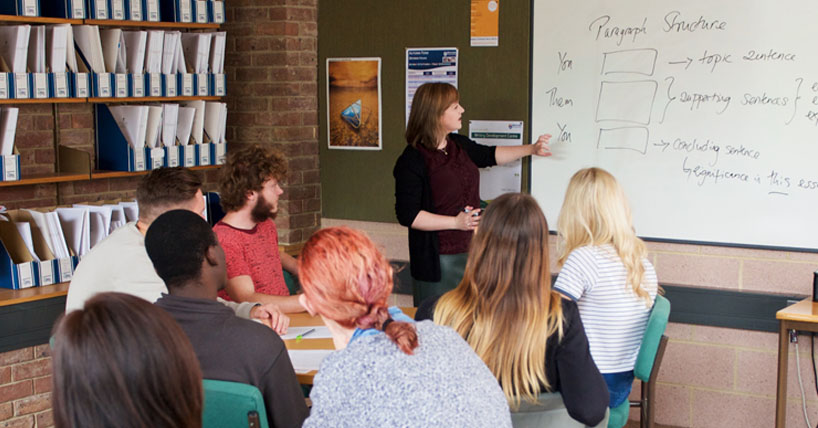Run-on Sentences
How to avoid run-on sentences in your work.
Full stops
Short sentences can make powerful points because they are brief and simple. However, because of their abrupt nature, having multiple short sentences together can sound clumsy and affect cohesion (“flow”).
For example:
This subject area is relatively under-theorised. More research is necessary. This would help to gain further insight into this area.
However, beware of run-on sentences. These are grammatically incorrect because they contain two complete statements linked by a comma and presented as one sentence. For example:
This subject area is relatively under-theorised, more research is necessary to gain further insight into this area
The grammatically correct version would be:
This subject area is relatively under-theorised. More research is necessary to gain further insight into this area
Techniques to try
To fix run-on sentences, you could do the following:
- Consider whether the use of a full stop would address the issue without making the style too choppy.
- Link the two statements with a connecting word (a coordinating conjunction), such as ‘and’ or ‘but’, to create one longer sentence (a compound sentence). For example:
This subject area is relatively under-theorised and more research is necessary to gain further insight.
- To soften the connection between two simple sentences, a semi-colon can also be used. See the guides on use of semi-colons and colons.



